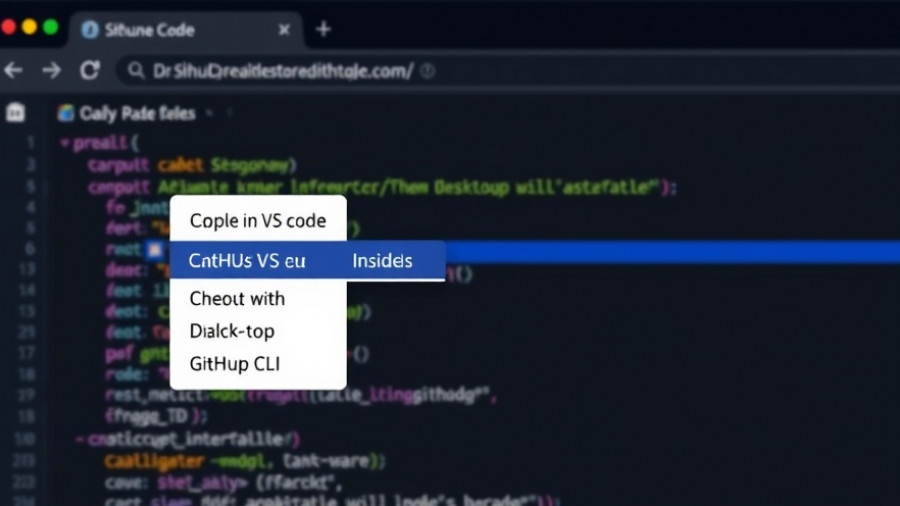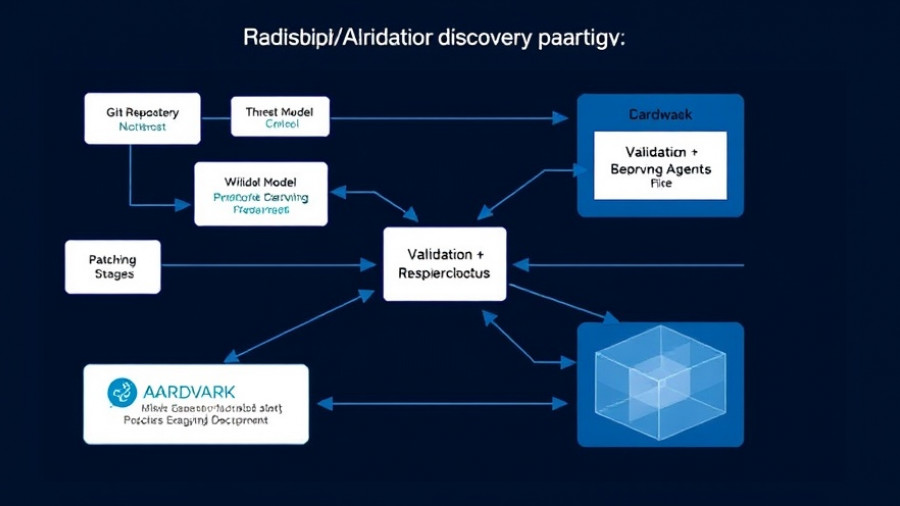
The Rise of Agentic AI in IT Security: Balancing Hopes and Challenges
As the world of cybersecurity continues to evolve, one of the most exciting advancements is the emergence of agentic AI. Unlike traditional automation systems, these intelligent AI agents are designed to handle security tasks autonomously, from triaging alerts to proposing containment strategies. This revolutionary approach gives organizations the potential to enhance their security operations center (SOC) while mitigating the overwhelming challenge of alert fatigue.
Understanding the Role of AI Agents
Agentic AI has swiftly transitioned from theoretical applications to practical implementations in many SOCs. These AI agents operate much like digital tier-one analysts, processing vast amounts of data, enabling teams to focus on strategic tasks that require human expertise. For instance, AI agents excel in malware analysis, rapidly correlating data to prioritize vulnerabilities and assess the threat landscape. This immediate value is often seen by security leaders who are eager to strengthen their defenses against emerging threats.
The Trade-offs: Opportunities Vs. Limitations
While the potential of agentic AI is promising, its integration is not without challenges. Experts emphasize the importance of clean data and clear operational guidelines, without which AI agents might falter or lead to operational chaos. Furthermore, analysts express concerns about the opacity of AI decision-making. As organizations deploy AI agents, the risks of false positives and degraded performance loom large, signaling a need for a cautious approach.
As Itay Glick from OPSWAT puts it, agents may be adept at the “first 15 minutes” of incident response, but their effectiveness can diminish rapidly without rigorous supervision and governance. Thus, although agentic AI can support human teams, it currently cannot replace them. The focus has to be on augmenting analyst capabilities rather than full automation as organizations navigate the complex security landscape.
Integration Strategies: Add-ons Versus Standalone Solutions
Organizations face critical decisions when integrating agentic AI into their existing systems. The choice often lies between layering AI agents onto current frameworks, such as SIEM or SOAR, or implementing standalone systems. The former allows for quicker adoption but may lack the flexibility needed for nuanced environments; the latter supports more customized orchestration but demands extensive governance and integration efforts.
As cybersecurity expert Amit Weigman notes, immediate enhancements are tempting, but successfully deploying these systems requires transparency and a clear understanding of the potential risks involved—knowledge that often only emerges through trial and error.
Governance: Securing the Future of AI in Cybersecurity
For agentic AI to thrive and offer long-term value, robust governance must be established from the outset. Experts suggest forming an Agentic Governance Council—a multidisciplinary team responsible for overseeing AI deployments, setting security benchmarks, and ensuring compliance with risk management. This council should operate within a framework that both embraces innovation and enforces accountability.
Moreover, organizations must set measurable goals and build proactive guardrails to prevent rogue AI engagements. These measures should promote an iterative approach that allows teams to refine and improve the AI's actions based on real-world contexts and outcomes.
Looking Ahead: AI, Good Governance, and the Future
The landscape for agentic AI in cybersecurity is ripe with potential. However, organizations must tread carefully to balance rapid advancements with the responsibility of effective governance. Engaging board members in the discussion surrounding these tools ensures that businesses can confidently harness AI’s capabilities while protecting their most critical assets.
Ultimately, continued dialogue, strategic planning, and effective oversight are paramount for successfully navigating the challenges posed by agentic AI. As we shift from answers to actions within the cybersecurity realm, the stakes for sound governance cannot be overstated.
In a world where the complexity of threats is ever-increasing, the integration of agentic AI could redefine how organizations protect themselves. Through thoughtful implementation and continuous oversight, the transformative power of AI can be realized safely, assuring a more secure digital environment for all.
Embracing these innovative tools, while remaining vigilant, can pave the way for a future where cybersecurity is both manageable and resilient against future threats.
 Add Row
Add Row  Add
Add 




Write A Comment